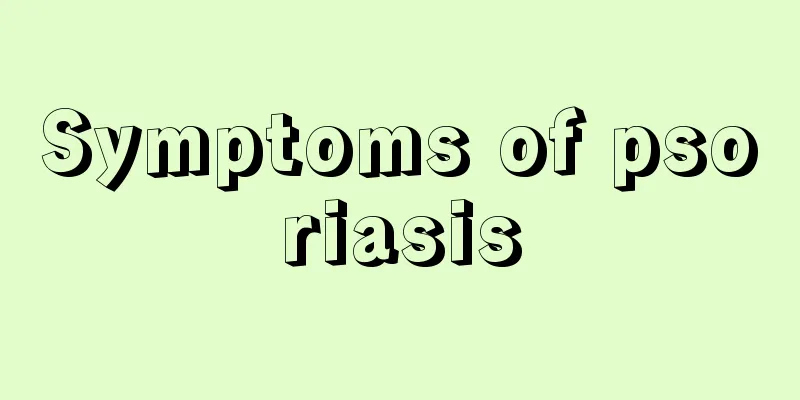What is Leucine Aminotranspeptidase?

|
Leucine aminotranspeptidase is a protease in the human body and a body tissue inside the human body. This protease is relatively critical to the human liver. If the level of leucine aminotranspeptidase is too high, it will easily lead to diseases such as hepatitis or liver cancer. Leucine aminotranspeptidase is a protease that is a relatively critical tissue for the body. What is Leucine Aminotranspeptidase? LAP is a protease that is abundant in the liver. When there is extrahepatic or extrahepatic bile stasis, LAP activity increases significantly, especially in malignant bile stasis, and its activity continues to increase with the progression of the disease. The reagent is valuable for the diagnosis of hepatic tract obstruction and pancreatic cancer. Liver gangrene, liver tumors, hepatitis, breast cancer, liver cancer, bile duct cancer, pancreatic cancer, endometrial cancer, and ovarian cancer have increased significantly. Cirrhosis and infectious hepatitis may increase moderately, often 2-4 times the reference value. Obstructive jaundice increases significantly, often reaching more than 5 times the reference value, and appears before the increase of bilirubin or ALP. Unlike other liver function enzymes, which can only be tested in blood samples, LAP can also be tested in urine. In some cases, changes in LAP can be detected in the urine without the need for a blood sample. Leucine aminopeptidase (LAP) LAP is widely present in various tissues of the human body. When toxic substances or diseases affect the proximal tubules rich in LAP, the activity of urinary LAP is highest. LAP increases when the permeability of the glomerular basement membrane increases, tubular epithelial cells are damaged, drug-induced toxic nephropathy occurs, and renal tumors occur. Increased urinary LAP after tumor treatment indicates tumor recurrence. An analysis of various renal cases revealed that LAP had the highest positivity rate. Normal range Normal serum leucine aminotransferase (LAP) values: (1) Enzyme rate method (37°C): Male: 18.3~36.7U/L. Female: 16.3~29.2U/L. (2) Chromogenic method: 27~50U/L. Clinical significance Elevated: bile duct cancer, pancreatic cancer, or gallstones causing extrahepatic obstruction, drug-induced liver damage, viral hepatitis, intrahepatic bile stasis, acute hepatitis, malignant lymphoma, lymphosarcoma, pregnancy, liver metastasis without jaundice, etc. |
<<: What is dipeptidyl peptidase 4 inhibitor?
>>: What causes high glutamine transpeptidase?
Recommend
What kind of underwear can a flat-chested person wear to make her breasts look bigger?
For girls with flat chests, they have always long...
Pregnant woman's urine sugar 1 plus sign
For pregnant women with a plus sign in urine suga...
Does skin cancer cause itching?
Does skin cancer cause itching? It will itch. The...
What eyebrow shape is suitable for an oval face
When talking about a person's appearance, one...
Should patients with uterine cancer and effusion exercise more?
Endometrial cancer is a common female malignant t...
What's wrong with my back pain
Back pain is very common, but what causes back pa...
How long can you live with pancreatic cancer that has not spread
How long can you live with pancreatic cancer that...
The main symptom of uterine cancer in women is vaginal bleeding
The most obvious symptom of uterine cancer in wom...
If your palms feel numb, beware of four types of patients
In daily life, many people have experienced numbn...
What are the common symptoms of ethmoid sinusitis?
Patients with ethmoid sinusitis usually experienc...
4 ways to remove onychomycosis
Onychomycosis is a disease that is difficult to t...
I feel like vomiting after eating
Nowadays, many girls go on a diet and don't e...
What is the normal intraocular pressure for a normal person?
Many people will find that their intraocular pres...
How to check the fetal weight from the ultrasound report?
During the entire process of pregnancy, mothers a...
How much does it cost to do laparoscopic surgery for teratomas on both sides?
With the development of science, more and more ne...









